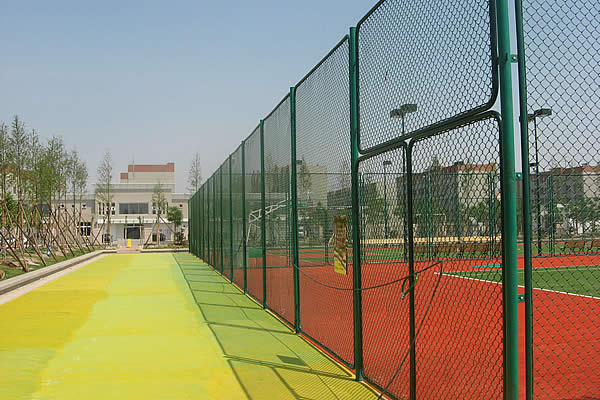 TEL:
+86-13102802206
TEL:
+86-13102802206
 Email:
fencenetting@china.com
Email:
fencenetting@china.com
 Language
Language
 TEL:
+86-13102802206
TEL:
+86-13102802206
 Email:
fencenetting@china.com
Email:
fencenetting@china.com
 Language
Language


The Versatility of Binding Wire An Essential Tool in Construction and Craft
Binding wire, often referred to as iron wire or tie wire, is one of the unsung heroes of the construction and crafting industries. Its simplicity belies its importance, serving a myriad of applications that range from construction and gardening to artistic endeavors. In this article, we will explore the unique properties, uses, and advantages of binding wire, highlighting why it is an indispensable tool for both professionals and hobbyists alike.
Properties of Binding Wire
Binding wire is typically manufactured from low-carbon steel, making it both durable and malleable. This malleability allows it to be bent, twisted, and shaped easily without breaking, making it ideal for a variety of fastening tasks. The wire is often coated to enhance its resistance to rust and corrosion, further extending its lifespan and usability in outdoor contexts. Available in various gauges, the thickness can be chosen based on the specific requirements of the task at hand, whether it is for lightweight bundling or more robust securing.
Construction Applications
In the construction industry, binding wire is primarily used for tying rebar (reinforcing bars) together, which helps to create a solid foundation and structure in concrete frameworks. This application is vital for ensuring the stability and strength of buildings and other infrastructures. The wire's strong tensile strength allows it to hold rebar in place during the pouring of concrete, ensuring that the structure can withstand both compressive and tensile forces.
Moreover, binding wire is used in the assembly of scaffolding and other temporary structures. Builders can quickly and efficiently tie components together, enhancing safety and expedience on job sites. The adaptability of binding wire makes it an essential presence in any construction toolkit, providing a reliable means of securing materials without the need for more complex (and often more expensive) fastening devices.

Gardening and Landscaping
Beyond construction, binding wire also finds significant use in gardening and landscaping. Gardeners utilize it for binding plants to supports, creating trellises, and securing plants to stakes. This application is particularly important for climbing plants, which require support as they grow. The wire is gentle enough not to damage the plants while providing the necessary support.
In addition, binding wire is often employed in the creation of fencing and other garden structures. With its flexibility and strength, it can be used to connect various materials like wood, metal, or mesh, facilitating the construction of ornamental and practical garden features.
Artistic and Creative Uses
Artists and crafters have also embraced binding wire due to its versatility. It can be used in sculpture making, jewelry design, and various craft projects. The ease of manipulation allows artists to create intricate designs, whether they are forming delicate jewelry pieces or large-scale installations. Due to its availability in different finishes and colors, binding wire can also enhance the aesthetic appeal of crafts.
Conclusion
In conclusion, binding wire is a remarkable material that plays a crucial role across various fields. Its combination of durability, flexibility, and versatility makes it an essential tool for professionals in construction, gardening, and crafting. Whether you are a builder ensuring the stability of a structure, a gardener nurturing plants, or an artist expressing creativity, binding wire stands out as a reliable companion. As we continue to find new applications for this simple yet effective tool, it’s clear that binding wire will remain a cornerstone in many industries for years to come.